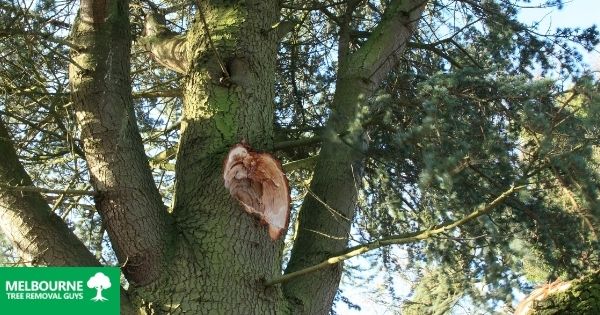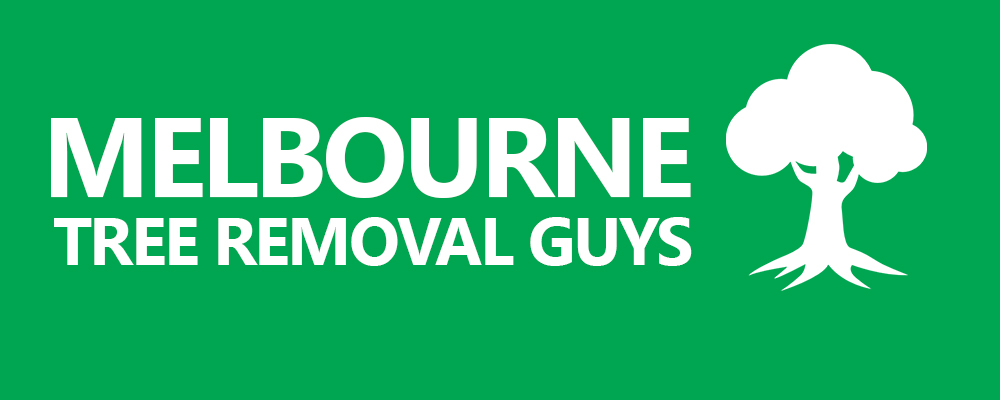What is a dangerous tree and what is normal?
First the good news: the world has finally woken up to the fact that ‘wonky’ fruit and veg are as good for you as ‘beautifully’ packed, cosmetically perfect, veg. In the world of arboriculture, the same applies. It’s a fact that most trees (even in Kew gardens) have defects that pose no threat whatsoever, including:
- Minor dead wood from animal damage – squirrels stripping away bark is common
- Minor damage to bark – fungal or bacterial infections are a common part of the tree life cycle
Knowing what is normal is your starting point. If you still think the tree may be dangerous and you’re also worried about your personal liability then you need to look beyond superficial and common damage to trees.
Consider the following: Signs of a dangerous tree
- Significant cracks or splits in the trunk or branches
- Signs of broken branches, fallen branches or heavily hanging branches
- Cracked or raised soil around the base of the tree
- Major sections of damaged bark
If you’re not comfortable making this sort of assessment then the easiest solution is to call a tree surgeon or arboriculture consultant. They will follow an inspection process that should make it easier to decide if your tree has become dangerous.
How does a tree surgeon decide if it’s time to remove a ‘dangerous’ tree?
When you ask a tree surgeon to come to your property they will normally conduct a 4 part visual evaluation:
- The whole tree in its environment – this is about standing back to look at the location and consider any danger – including the risk associated with cutting and safe removal. This is really important if the tree overhangs a school, playground or street. It’s also a good opportunity to assess the age and life stage of your tree
- The ground around the tree – this part of the assessment will consider the condition of the soil, the state and strength of any visible roots and signs of fungal infection – all of which may affect the stability of your tree
- The trunk of the tree – there’s a point when a natural cavity grows too big and there’s a point when cracks or splits become so extended that they all become a structural risk. This is also the time to consider the condition of the bark.
- The branches and leaves – this is about looking at the connections in the tree, the size and shape of the canopy and crown and the health of the leaves. These things can be indicators of imminent danger or risk
You can see that a thorough systematic tree assessment from an experienced professional is the safest way to decide if a tree is dangerous or has become a hazard. You’re unlikely to have this knowledge without specialist training and experience.
So, what happens next?
What should I do with a dangerous tree?
When your tree has been evaluated your tree surgeon will give you advice on whether the work should be considered emergency, urgent, essential or desirable. Then you can agree to a plan.
You might also want to ask for advice from your local planning authority or your insurer.
Of course, like wonky fruit, there may be nothing wrong with your tree at all.
Enjoy your trees safely!
Melbourne Tree Removal Guys – All Tree Cutting & Other Services. Tree Removal, Stump Grinding, Stump Removal, Tree Trimming, Tree Mulching, Tree Pruning & Emergency Tree Removal Experts In Melbourne!
Click here to read more articles regarding tree removal & related services.
If you are in Baxter and looking for Melbourne Tree Removal Guys, below is the best way to visit us.
Melbourne Tree Removal Guys
26 Fleetwood Dr
Narre Warren VIC 3805
https://treeremoval-melbourne.com.au
*Find us on Google Map


Recent Comments